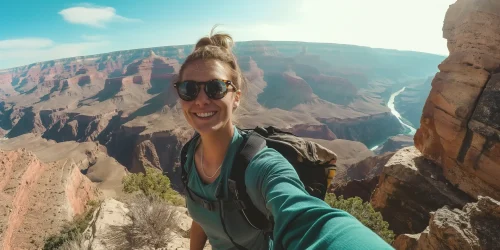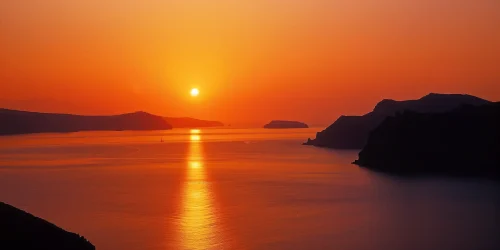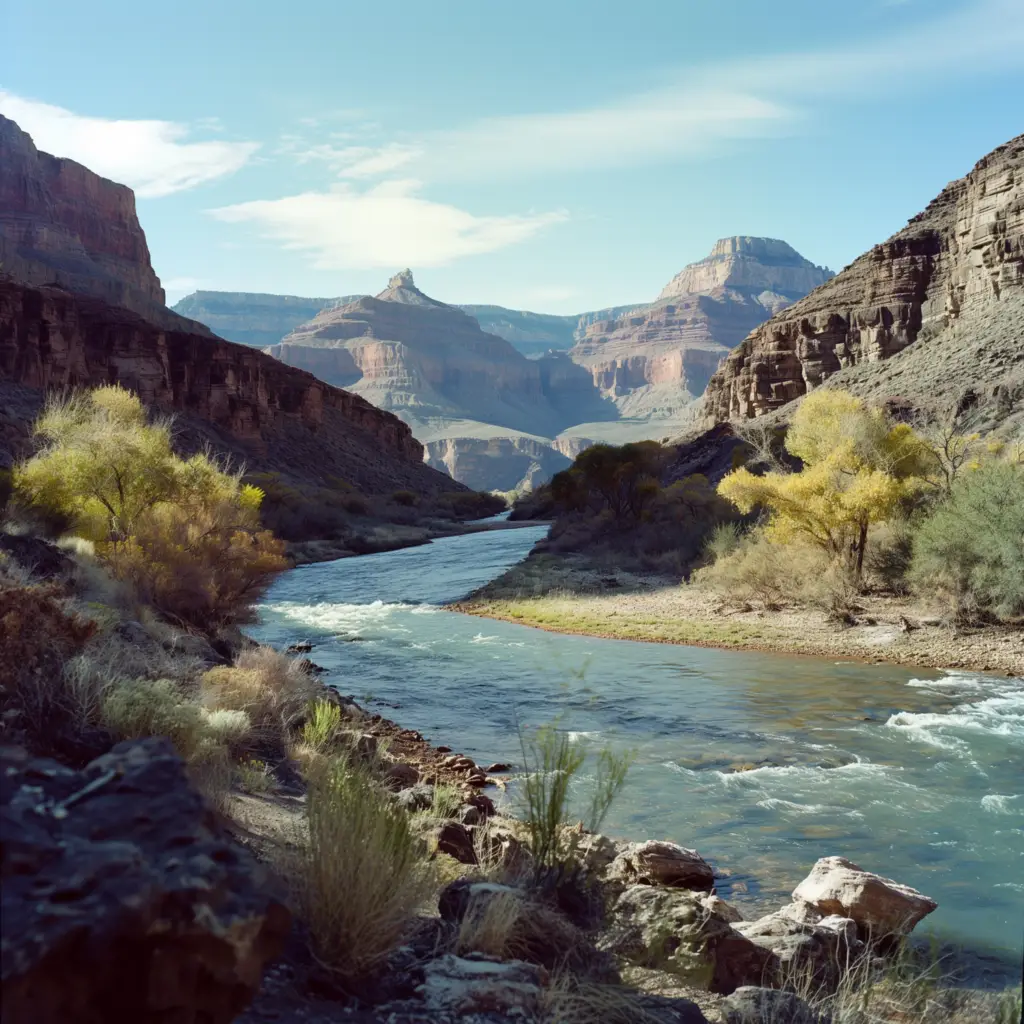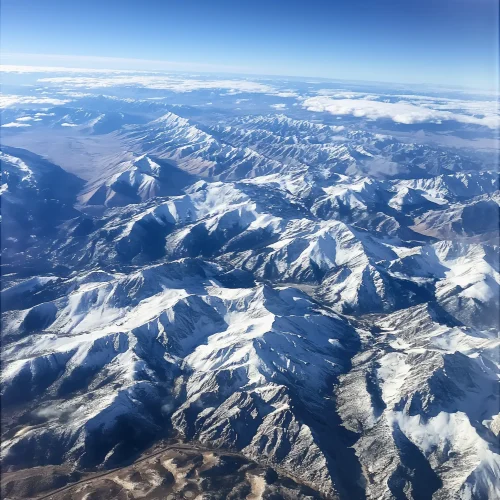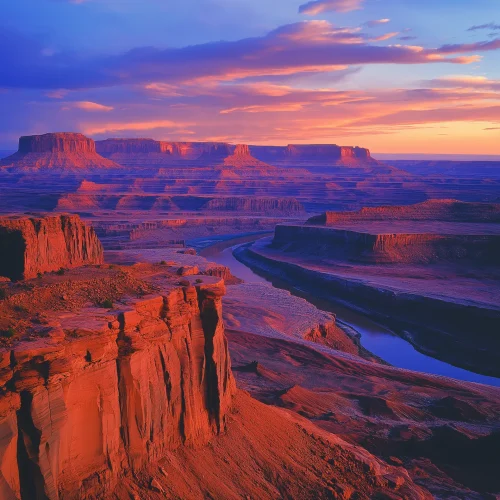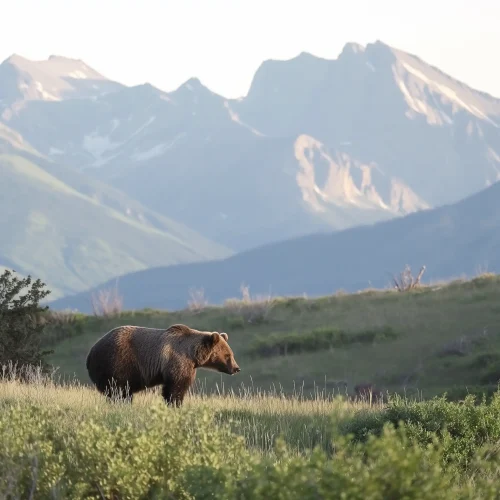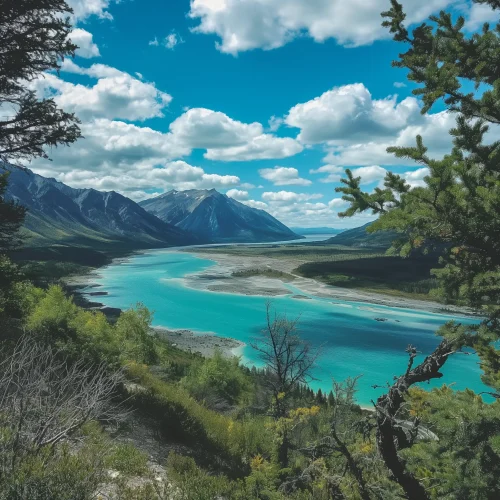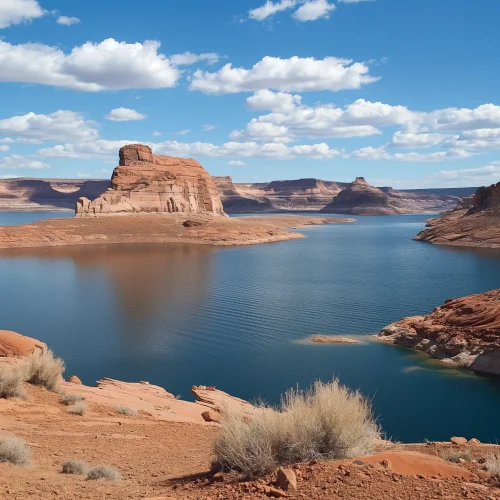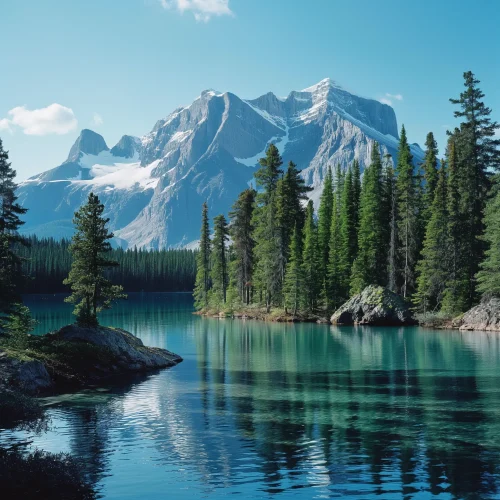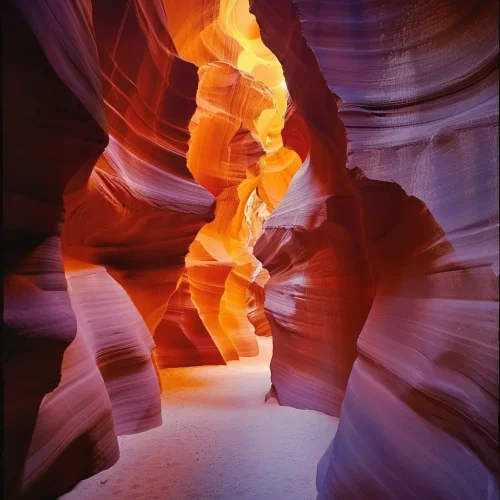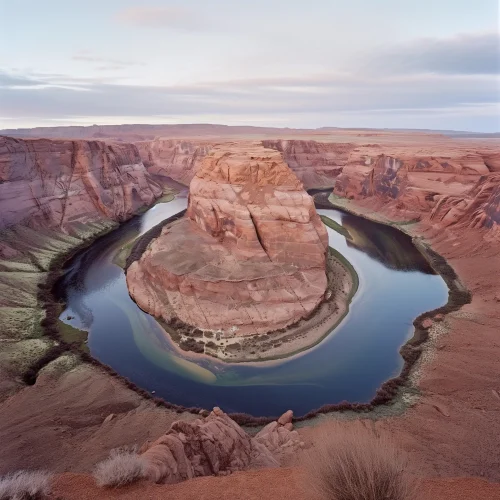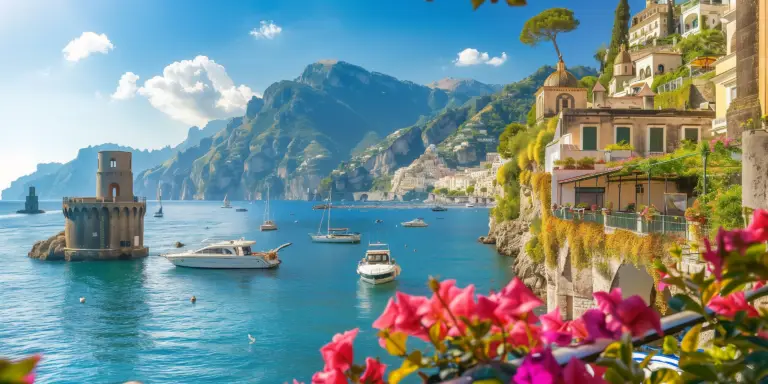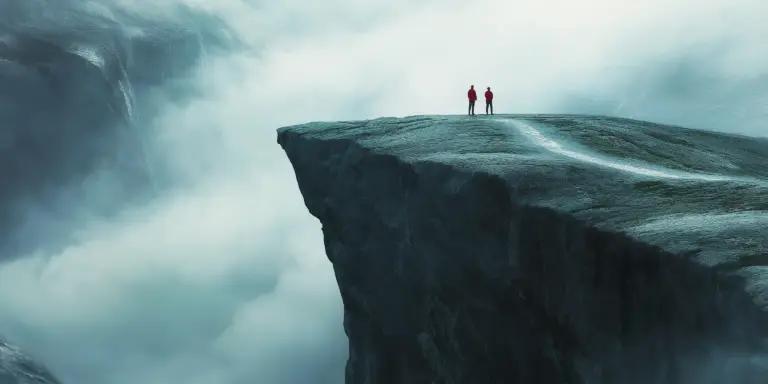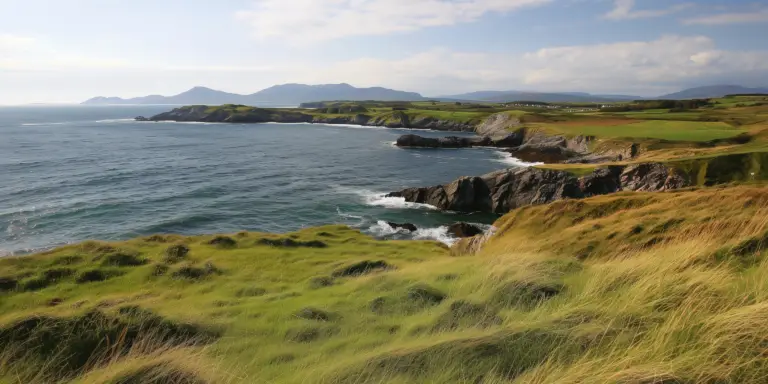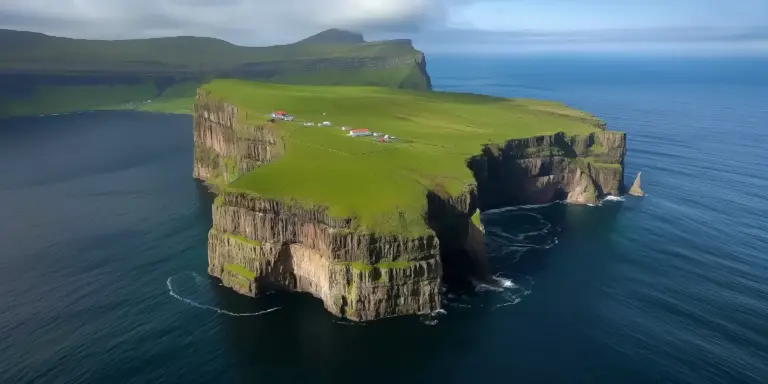The Colorado River is the lifeblood of the Grand Canyon, carving its way through the rugged landscape over millions of years to create the awe-inspiring natural wonder we see today. Spanning approximately 1,450 miles from its source in the Rocky Mountains of Colorado to its delta in Mexico, the river winds its way through seven U.S. states and two Mexican states. Within the Grand Canyon, the Colorado River stretches for 277 miles, showcasing a dynamic and powerful force that continues to shape the canyon’s geology and ecology.
The river’s journey through the Grand Canyon is marked by dramatic contrasts, from tranquil stretches of smooth water to roaring rapids that challenge even the most experienced rafters. These rapids, such as Lava Falls and Crystal Rapid, are famous among adventure enthusiasts for their intensity and thrilling drops. River rafting trips, which can range from half-day excursions to multi-day expeditions, offer a unique perspective on the canyon’s sheer walls, hidden waterfalls, and lush side canyons. The experience of navigating the river provides an intimate connection to the natural history and raw beauty of the Grand Canyon.
Beyond its geological significance, the Colorado River is a vital ecological and cultural resource. It supports diverse ecosystems along its banks, including habitats for species such as the endangered humpback chub and the majestic California condor. The river has also been a crucial water source for Native American tribes for centuries, with many communities still relying on its waters for their livelihoods and cultural practices. Today, the Colorado River faces significant challenges, including over-allocation of its waters, climate change, and environmental degradation. Efforts to manage and protect this vital resource are ongoing, as stakeholders work to balance the needs of people and the environment.
